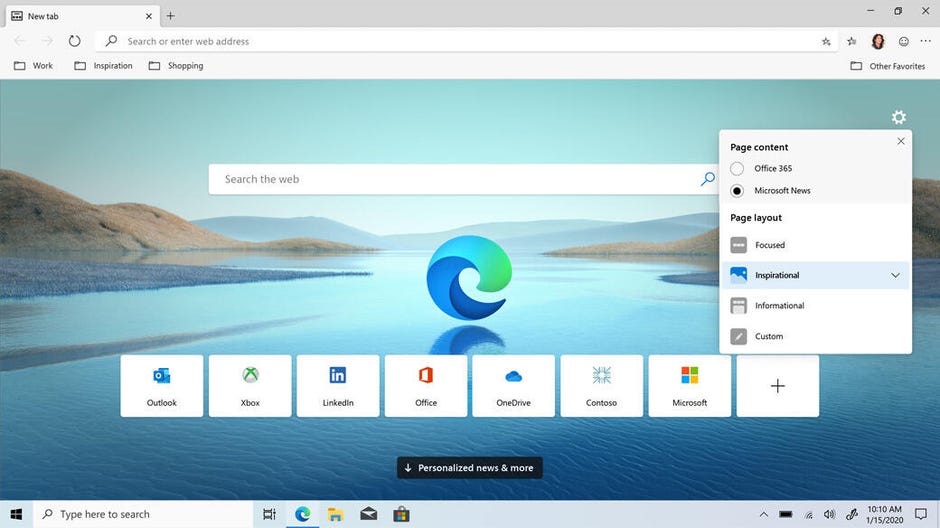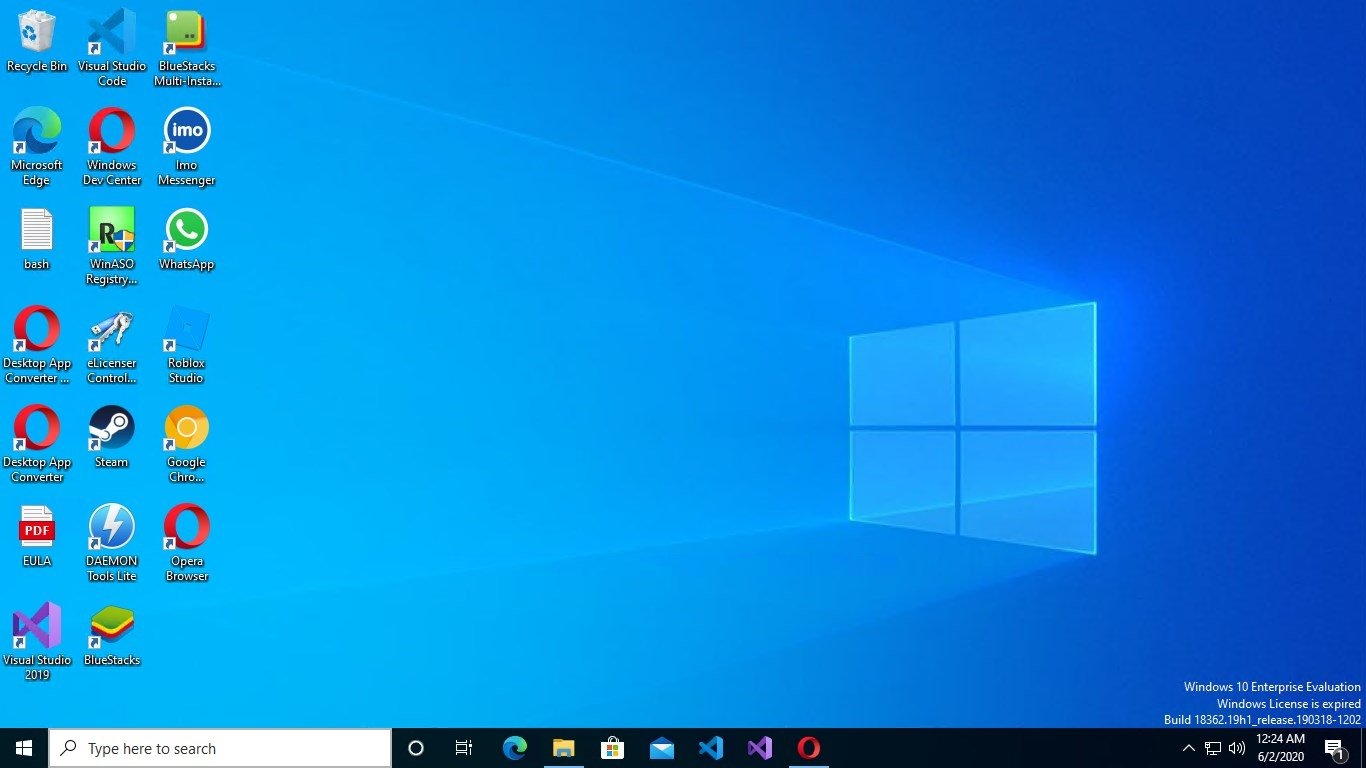Configure Microsoft Edge policy settings on macOS with Jamf.; 3 minutes to read; d; In this article. This article describes how to configure policy settings on macOS using a Microsoft Edge policy manifest file on Jamf Pro 10.19. Microsoft today announced the first stable launch of its Edge browser built on the Google Chromium open source project. Microsoft Edge can be downloaded on both Windows machines and Macs. Microsoft Edge beta is now optimized for your M1 Mac. Starting today, you can download your Microsoft Edge Insider channel of choice with native macOS ARM64 support!
While one won’t see Safari on a Windows any time soon, the Microsoft Edge on Mac is a thing. And with the new Microsoft Edge Chromium update, the Edge might be a browser that Apple doesn’t want you to use, that perhaps you should use.
Why?
1. Microsoft Edge on a Mac Brings the Most Extensions Possible to Any Web Browser
One major issue with the Safari browser is the lack of extensions it offers.
Sure, it does offer some extensions, so we can’t say there’s nothing there at all, but the options are mostly limited to ad blockers, and while that’s great, if you are looking for extensions like MailTag, to track when and where your emails are opened, so you can have a peace of mind when sending of emails + data, that’s at this time, not yet possible on Safari.
→ Add MailTag to Chrome
Microsoft Edge Chromium on macOS, from that perspective, is a big win for you and your productivity since it supports all Chrome extensions.
And ultimately that’s a reason or why the Chrome browsers are so popular in the first place. As they support extensions that allow people to get more out of browsers.
Safari Is Better Optimized for MacOS Devices Than Microsoft Edge Chromium

This is not a surprise.
Apple apps are the best optimized, on Apple devices.
The Safari browser renders pages better and works more smoothly on the macOS than the Edge Chromium does. It’s also more battery efficient.
…With that said, if you for instance, currently rock the Google Chrome browser, if you were to switch to Edge Chromium, you would notice a significant increase in performance.
That’s because the Google Chrome browser is incredibly power-hungry.
And if you care about the extensions, that might be a reason to convert to Edge Chromium over Google Chrome.
Edge Chromium Can Do All That Safari Can
If you search for why people like the Safari browser, you will come to the conclusion that it’s for reasons that aren’t unique to Safari.
You can also sync bookmarks, passwords, and history, between different devices on the Edge Chromium. In fact, on the Chromium, you can even sync between Google Chrome. And, unlike Safari, Edge Chromium is supported everywhere. Not to mention that while Chromium is open source, Safari isn’t.
Edge Chromium? It does look similar to Safari. It’s not as simple as it is a more advanced browser, but if you are looking to get more out of your browser because that’s where you spend most of your time, the Edge Chromium on Mac, overall does everything Safari does, but also much more, that Safari won’t ever do.
Edge Brings Privacy
Let’s be clear.
Apple does a great job at making their users feel secure.
Safari is a great browser for safety.
Chrome? It isn’t.
What Microsoft did with the Edge Chromium though, is that it made it much safer than Chrome, with much simpler privacy policies, and safety features that allow us to do something about tracking.
Microsoft Edge on Mac Brings Some Super Useful Features to Mac
Microsoft Edge Chromium brings some unique features such as an ability to create an app out of a website, or a much nicer and useful way to bookmark and save websites for later, with Collections.
Meanwhile, Read Aloud is a great text reader.
You get your dark mode, but you perhaps most importantly, get more options to customize the browser which isn’t really an option on Safari.
Microsoft Edge on Mac – The Only Other Browser to Consider on MacOS Devices
Yep, we said it.
To sum up this Microsoft Edge on Mac review, this is the only other browser to consider.
The things Apple does great are a reason for why many will stick will Safari forever. But if you are reading this Microsoft Edge on Mac guide, then you are probably looking for alternatives, because you know that you aren’t getting the most out of Safari.
…And other options such as Google Chrome or Firefox just don’t deliver on macOS devices.
-->This article describes how to configure Microsoft Edge on macOS using a property list (.plist) file. You'll learn how to create this file and then deploy it to Microsoft Intune.
For more information, see About Information Property List Files (Apple's website) and Custom payload settings.
Note
This article applies to Microsoft Edge version 77 or later.
Configure Microsoft Edge policies on macOS
The first step is to create your plist. You can create the plist file with any text editor or you can use Terminal to create the configuration profile. However, it's easier to create and edit a plist file using a tool that formats the XML code for you. Xcode is a free integrated development environment that you can get from one of the following locations:
Microsoft Edge Chromium Mac
For a list of supported policies and their preference key names, see Microsoft Edge browser policies reference. In the policy templates file, which can be downloaded from the Microsoft Edge Enterprise landing page, there's an example plist (itadminexample.plist) in the examples folder. The example file contains all supported data types that you can customize to define your policy settings.
The next step after you create the contents of your plist, is to name it using the Microsoft Edge preference domain, com.microsoft.Edge. The name is case sensitive and should not include the channel you are targeting because it applies to all Microsoft Edge channels. The plist file name must be com.microsoft.Edge.plist.
Important
Starting with build 78.0.249.2, all Microsoft Edge channels on macOS read from the com.microsoft.Edge preference domain. All prior releases read from a channel specific domain, such as com.microsoft.Edge.Dev for Dev channel.
The last step is to deploy your plist to your users' Mac devices using your preferred MDM provider, such as Microsoft Intune. For instructions see Deploy your plist.
Create a configuration profile using Terminal
In Terminal, use the following command to create a plist for Microsoft Edge on your desktop with your preferred settings:
Convert the plist from binary to plain text format:
After converting the file verify that your policy data is correct and contains the settings you want for your configuration profile.

Edge Microsoft Mac Os
Note
Only key value pairs should be in the contents of the plist or xml file. Prior to uploading your file into Intune remove all the <plist> and <dict> values, and xml headers from your file. The file should only contain key value pairs.
Deploy your plist
For Microsoft Intune create a new device configuration profile targeting the macOS platform and select the Preference file profile type. Target com.microsoft.Edge as the preference domain name and upload your plist. For more information see Add a property list file to macOS devices using Microsoft Intune.
For Jamf upload the .plist file as a Custom Settings payload.
See also

